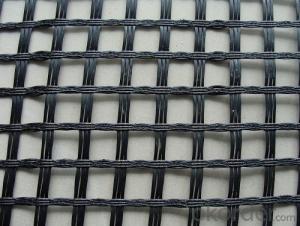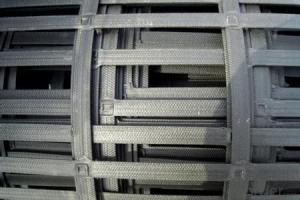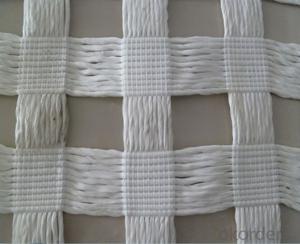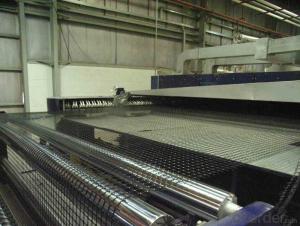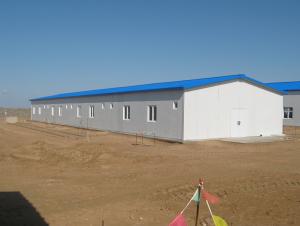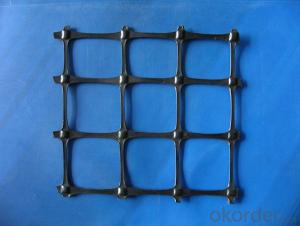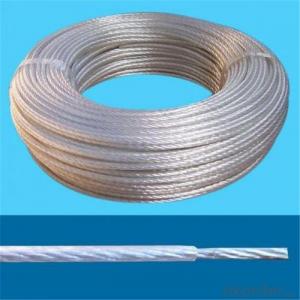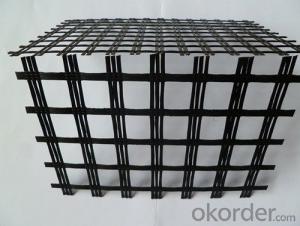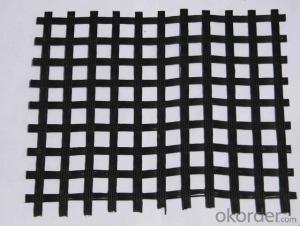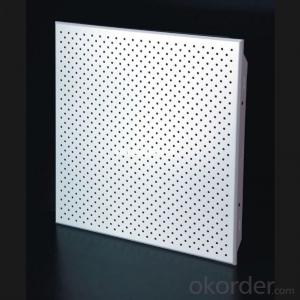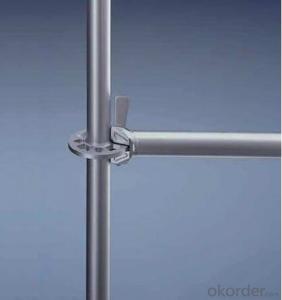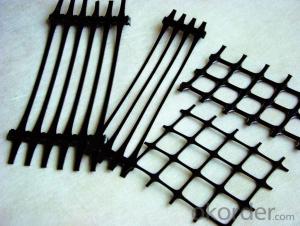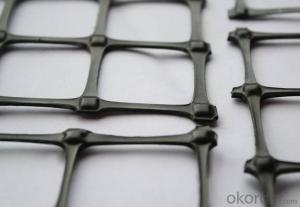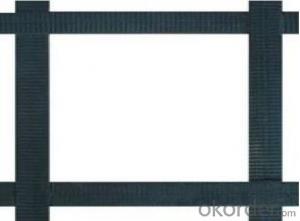Geogrid Installation
Geogrid Installation Related Searches
Fridge With Freezer On Bottom Driveway Pillars With Lights Blu Ray Player With Recorder Blu Ray Player With Internet Geogrid In Retaining Walls 1708 Biaxial Fiberglass Tape Pullout Resistance Of Geogrid Geogrid Warp Knitting Machine Srw 3 Series Geogrid Biaxial Plastic GeogridHot Searches
Fiberglass Scaffolding For Sale Fiberglass Panels For Sale Fiberglass Greenhouses For Sale Geogrid Fabric For Sale Gas Powered Core Aerator For Sale Revolution 4 Propeller For Sale Alabaster Carving Stone For Sale Geogrid For Sale Near Me Tensar Geogrid For Sale Geogrid For Sale Ex Display Log Cabins For Sale Photoelectric Cells For Sale Athletic Lockers For Sale Cubicle Partitions For Sale Stearman Propeller For Sale Palram Greenhouses For Sale Gumbo Bowls For Sale Suzuki Propellers For Sale Freight Crates For Sale Outhouse Sheds For SaleGeogrid Installation Supplier & Manufacturer from China
Okorder.com is a professional Geogrid Installation supplier & manufacturer, offers integrated one-stop services including real-time quoting and online cargo tracking. We are funded by CNBM Group, a Fortune 500 enterprise and the largest Geogrid Installation firm in China.Hot Products
FAQ
- Design considerations for geogrids in reinforced soil slopes prone to seismic activity include: 1. Geogrid selection: Choosing a geogrid with sufficient strength, stiffness, and durability to withstand the dynamic forces generated during seismic events is crucial. The geogrid should have high tensile strength and low elongation properties to effectively restrain the soil mass. 2. Connection details: Ensuring proper connection between the geogrid and the facing system is essential. The connection should be able to accommodate the movement and deformation of the soil during seismic events without compromising the stability of the reinforced slope. 3. Slope geometry: The slope geometry should be carefully designed to minimize the risk of failure. Factors such as slope angle, height, and overall stability need to be considered to prevent excessive stress on the geogrid and ensure it can effectively reinforce the soil. 4. Soil properties: Understanding the behavior of the soil under seismic loading is crucial for designing the geogrid reinforcement. The soil properties, such as shear strength, liquefaction potential, and settlement characteristics, should be evaluated to determine the appropriate geogrid type, spacing, and embedment depth. 5. Dynamic analysis: Conducting dynamic analysis to assess the potential response of the reinforced slope to seismic forces is important. This analysis helps in determining the required strength and stiffness of the geogrid and ensures that the slope remains stable during seismic events. 6. Construction quality control: Implementing proper construction techniques and quality control measures during geogrid installation is vital. Ensuring adequate compaction of the reinforced soil, proper connection of the geogrid to the facing system, and accurate placement of the geogrid layers are important considerations for the long-term stability of the reinforced slope in seismic-prone areas.
- Yes, geogrids can be used in reinforcement of bridge abutments on expansive soils. Geogrids are effective in providing soil stabilization and preventing soil movement, which is particularly important in areas with expansive soils that tend to expand and contract with moisture content changes. By using geogrid reinforcement, the bridge abutments can be better protected against potential soil movement, reducing the risk of structural damage.
- Geogrids offer several benefits in construction projects, including increased soil stability, improved load distribution, and enhanced overall structural integrity. These materials reinforce and stabilize the soil, preventing erosion and reducing the risk of slope failure. Geogrids also help distribute loads more evenly, reducing stress on the construction materials and extending their lifespan. Additionally, geogrids can be cost-effective as they often require less excavation and backfill material, saving time and resources during construction.
- Geogrids improve the performance of mechanically stabilized slopes in expansive soils by providing reinforcement and preventing soil movement. They increase the tensile strength of the soil, reducing the potential for slope failures and soil erosion. Additionally, geogrids distribute the load more evenly across the slope, reducing stress concentrations and increasing stability.
- Geogrid prices and geogrid manufacturers?
- Geogrid plays a very important role in road construction, which is mainly to reinforce roadbed and delay aging. The following is a detailed introduction: Geogrid on the road is mainly used for soft foundation treatment, roadbed reinforcement, slope protection, abutment reinforcement, wing wall, retaining wall, isolation and reinforcement of soil engineering.
- Yes, geogrids can be used in stormwater management applications. Geogrids are often used to reinforce and stabilize soil in various construction projects, including stormwater management systems. They help to improve the strength and stability of the soil, allowing it to better withstand the forces and pressures exerted by stormwater. Additionally, geogrids can also enhance the performance of stormwater management structures by preventing soil erosion and promoting water infiltration. Overall, geogrids are a valuable tool in stormwater management applications.
- Geogrid price? Solution!
- Geogrid effect1 used for roadbed reinforcement, so that the granular filler and mesh together locked together to form a stable plane, to prevent the collapse of the filler, and the vertical load can be dispersed, the geographical conditions of poor areas can be used multi-layer reinforcement;2 in the embankment and embankment fill can increase its stability, reduce the area;
- What is the price of geogrid? There are geogrid manufacturers that good?
- According to the general price of geogrid kn accounting, namely 10kn/m, 20kn/m, 50kn/m and so on, the higher the price the greater force kn. The raw materials of different prices in different tension kn,
















